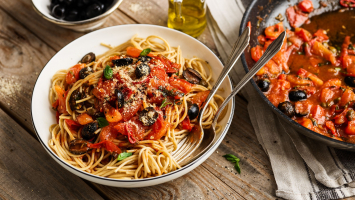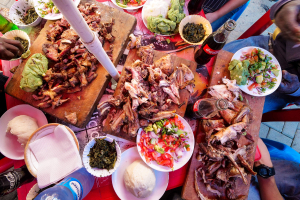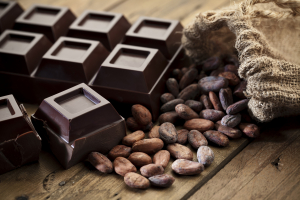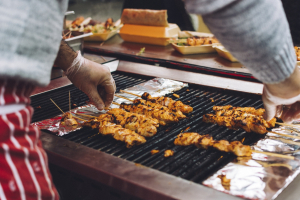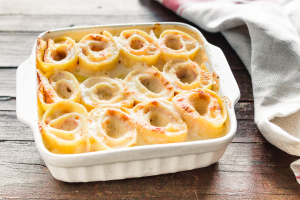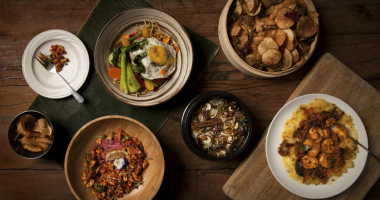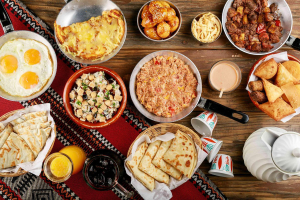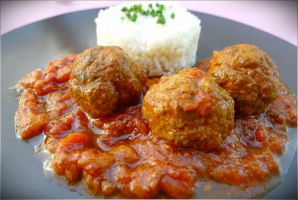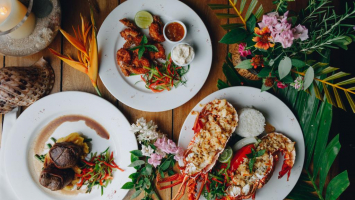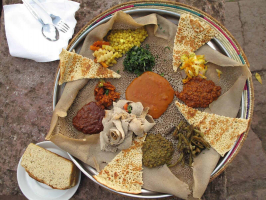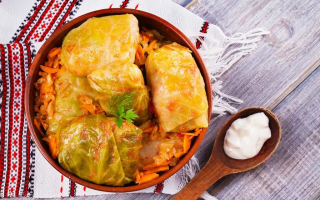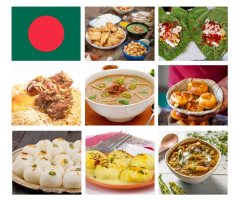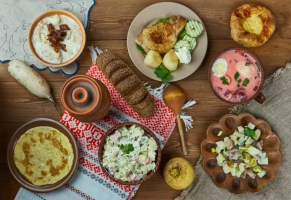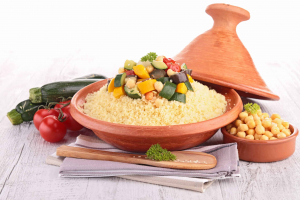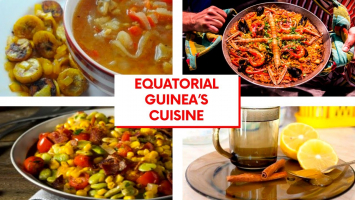Top 13 Most Luxurious Foods
Foodies enjoy trying new dishes and dining at five-star establishments. It's all part of the quest for the next flavor explosion and opulent experience. ... read more...Although many of the tastings featured on blogs and in food publications are decadent, there are some items that may only be ordered if money isn't an issue. Find out why the top 10 most luxurious foods in the world are so rare and elegant by looking at the list below. They might make you want to make a taste-testing bucket list so you'll always have something amazing to look forward to.
-
Because the sturgeon eggs must be picked by hand, caviar is an acquired taste. It is also pricey. Sturgeon eggs, on the other hand, are almost entirely sourced from fish farms. The Caspian Sea's Osetra and Beluga caviars are among the most expensive. Iran's Golden Almas caviar is prized for its high price and delicate, velvety flavor.
Strottarga Bianco, on the other hand, is the most expensive caviar. This albino fish egg caviar is made from the Siberian Albino Sturgeon and is sprinkled with 22-carat gold.
Caviar has been used to treat depression in the past. Wouldn't it make you feel better if you were given caviar? It's not as strange as it sounds: new research suggests that high dosages of omega-3 fatty acids (caviar is abundant in omega-3s) can help with depression and bipolar disorder symptoms.
Strottarga Bianco can cost as much as $37,000 per teaspoon! In general, the paler the hue of the caviar, the more valuable it is.
Price: $34,500 a Kilogram
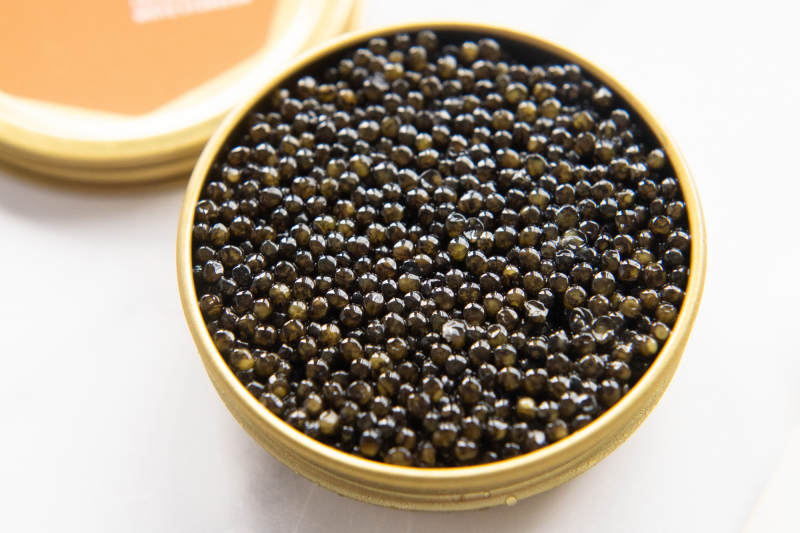
Photo: .foodandwine.com 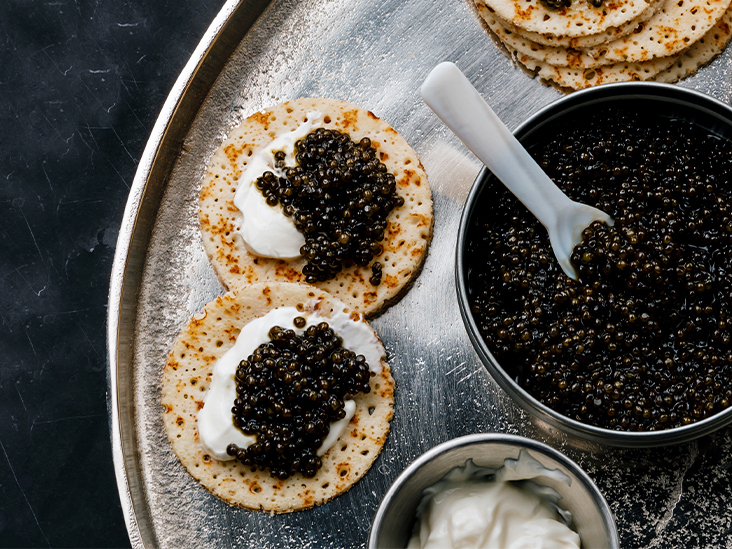
Photo: healthline.com -
Truffles are a must-have on any list of the world's most costly foods. We're not talking about chocolate truffles here; we're talking about the kind that pigs dig up. White truffles are even more valuable than black truffles, which are known as black diamonds. These fungus are a favorite delicacy in Italy's Piedmont and Tuscany regions, as well as in Tuscany.
Locals utilize truffle pigs or pricey canines like the Lagotto Romagnolo to seek out tuber magnatum, or Alba white truffles. The price of a pound of fresh white winter truffles ranges from $6,000 to $10,000.
Chefs use white truffles rarely because they are so pricey. Fresh white truffle can be grated on omelettes or used as a great salad dressing. White truffle butter is a terrific product to have on hand in the kitchen.
Price: $6,000 to $10,000 per pound
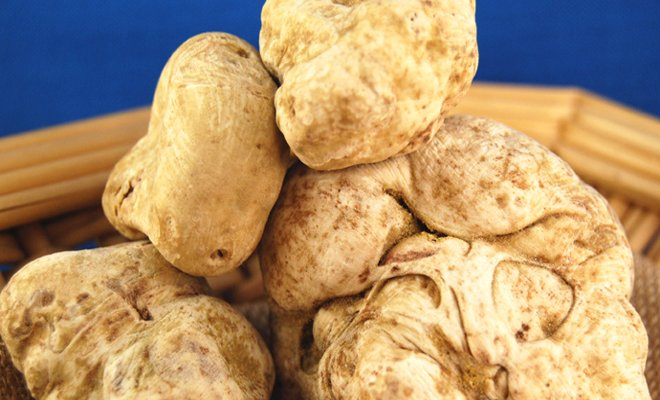
Photo: dartagnan.com 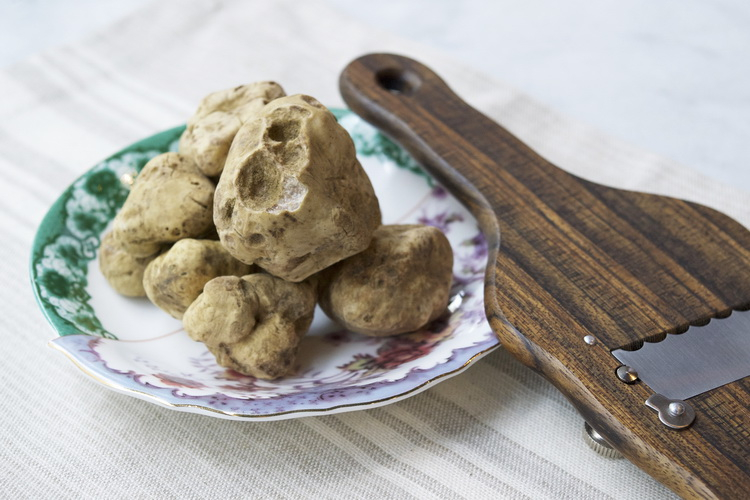
Photo: eataly.com -
Bluefin tuna is at the top of the list of the world's most costly foods. The price per pound can be as high as $5,000. In January 2020, a 600-pound bluefin tuna sold for $1.8 million at Tokyo's Toyosu Fish Market.
Bluefin tuna are designed for speed, with torpedo-like bodies, retractable fins, and eyes flush with the body. From the moment they hatch, they are voracious predators, pursuing schools of fish such as herring, mackerel, and even eels. They hunt on sight, and their vision is the best of any bony fish. Bluefin tuna are divided into three species: Atlantic (biggest and most endangered), Pacific, and Southern. The Mediterranean Sea, which is the world's most important bluefin tuna fishery, accounts for the majority of Atlantic bluefin tuna catches.
Bluefin tuna is a meaty fish with a subtle taste. The Southern bluefin tuna, on the other hand, is critically endangered, while the Atlantic bluefin tuna is endangered and the Pacific bluefin tuna is vulnerable. The reason for this is that there has been a lot of overfishing.
The MSC-certified Usufuku Honten tuna fishery in Japan is the first sustainable option. They fish for Eastern Atlantic bluefin tuna within a quota set by the government.
Price: $5,000 per pound
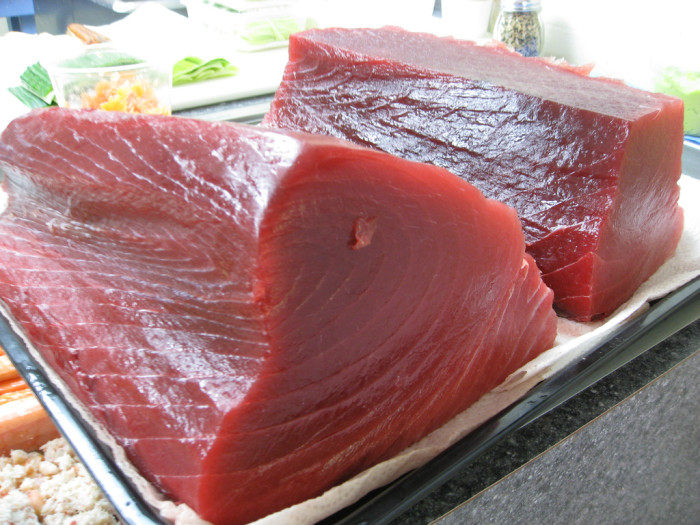
Photo: foodrepublic.com 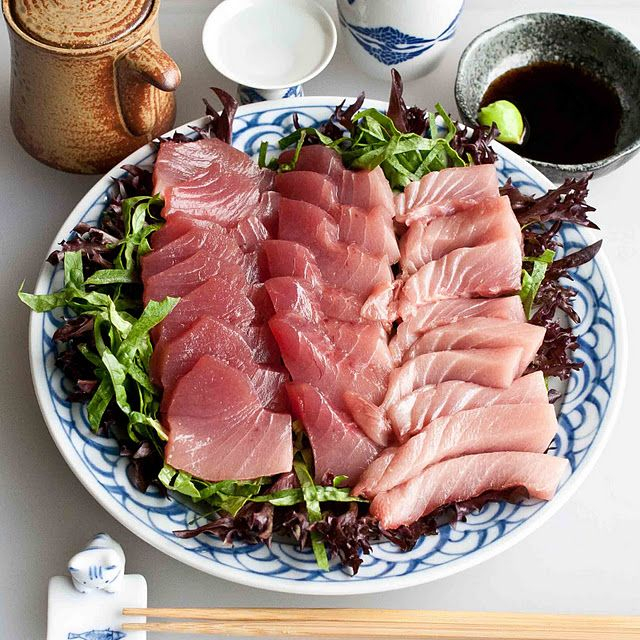
Photo: pinterest.com -
This unusual Japanese fruit, also known as a Densuke Melon, is one of the most expensive foods. These watermelons hail from Hokkaido and have a sweet and crisp flavor.
The large size and juicy, delicious flesh of black watermelons are well-known. This heirloom cultivar is popular in both home gardens and large-scale farming operations. The flesh of the dark blue-green-black melons is a deep scarlet color. They lack the distinctive stripes of more well-known watermelon cultivars
Because these watermelons require a lot of space and months of care, just around 100,000 are accessible each year. Densuke Watermelons can cost up to $6,000 at auction because of their scarcity.
In Japan, they're a cherished gift for significant occasions like weddings.
Price: $3.000 a kilogram
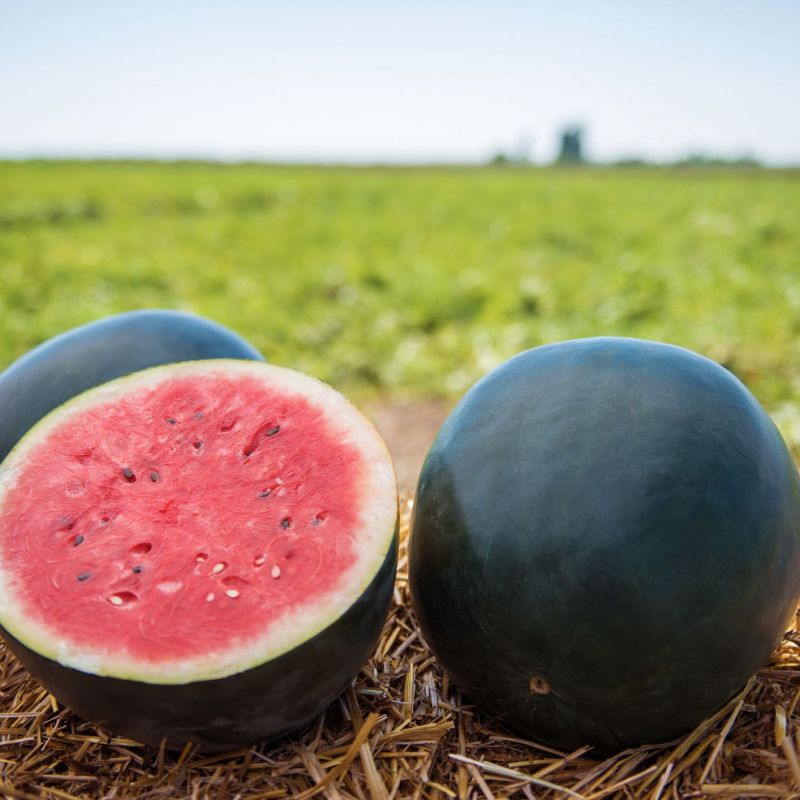
Photo: thespruce.com 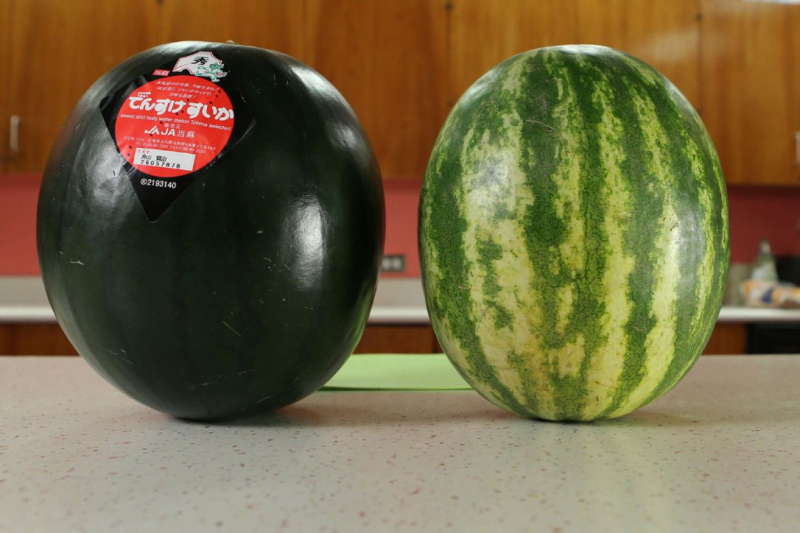
Photo: thestar.com -
Saffron is primarily grown in Iran, but it is also grown in Spain, France, Italy (on the Apennine Range's lower spurs), and sections of India. The three stigmas from each bloom are plucked, laid out on trays, and dried over charcoal fires for use as food flavoring and coloring. Saffron is made up of 75,000 blooms per pound (0.45 kilogram). Picrocrocin is the main component of saffron's essential oil, which makes up 0.5 to 1% of the total. Crocin is the coloring agent.
Saffron is the most expensive spice in the world. The reason for this is that one pound of saffron spice requires 75,000 saffron flowers! The saffron plant, often known as the saffron crocus, blooms only once a year. Saffron harvesting is a time-consuming operation.
The good news is that a little goes a long way with saffron. Saffron is a flavorful spice that can be used in risottos, paella, and as a general fish marinade.
Saffron has a wide range of health advantages. This powerful spice can help avoid inflammation, enhance mood, and alleviate PMS symptoms.
Price: $500 – $2,000 Per Pound
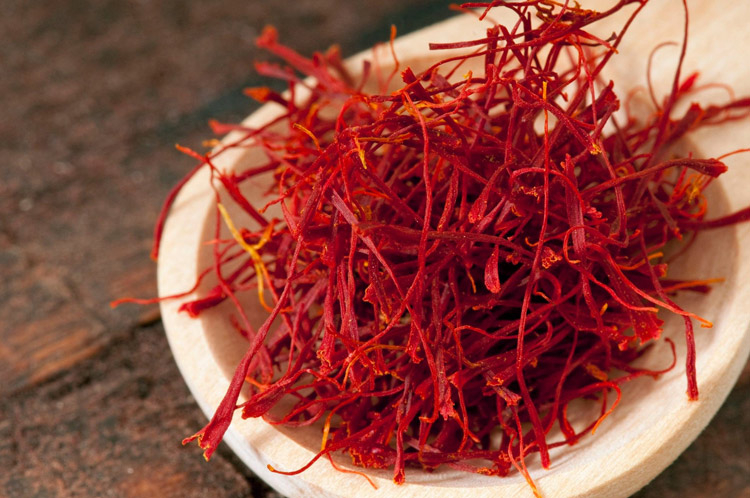
Photo: bahraman.vn 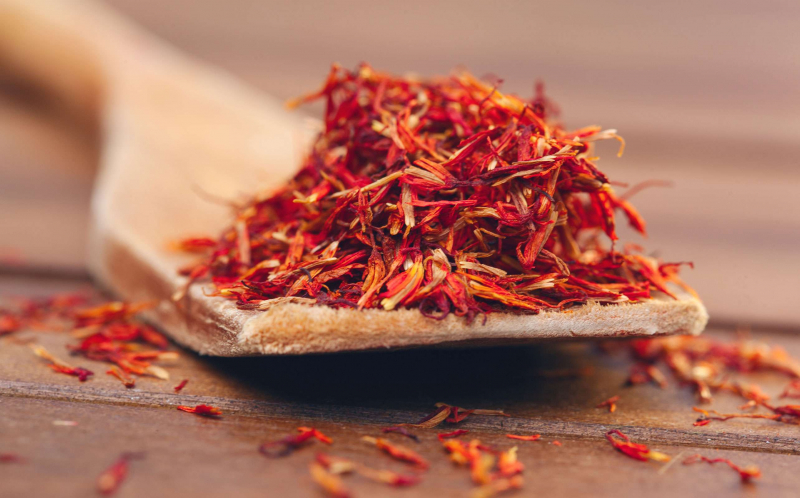
Photo: britannica.com -
Matsutake mushrooms are the world's most expensive mushrooms, cherished by fine-diners in Japan throughout the autumn season. Because of the disappearance of their natural environment in Japan, the price continues to rise.
They are not as expensive as white truffles, but Japanese Matsutake mushrooms, Armillaria ponderosa, of the genus Tricholoma, are the most expensive mushrooms in the world. Master chefs choose them out for matsutake preparations in rytei restaurants because of their rich autumnal flavor, meaty texture, and sweet scent.
Matsutake is the most costly mushroom on the planet, costing up to $1,000 a pound. The flavor of these Japanese mushrooms is sweet but spicy, and it takes a while to get used to it! The pinewood nematode worm is destroying its native environment, which is one of the reasons they're so expensive. Only once a year is the Matsutake mushroom harvested.
The harvest is fewer than 1,000 tonnes every year. To let the unique flavor of these mushrooms show through, cook them with minimum spice.
Price: $600 - $1,000 a pound
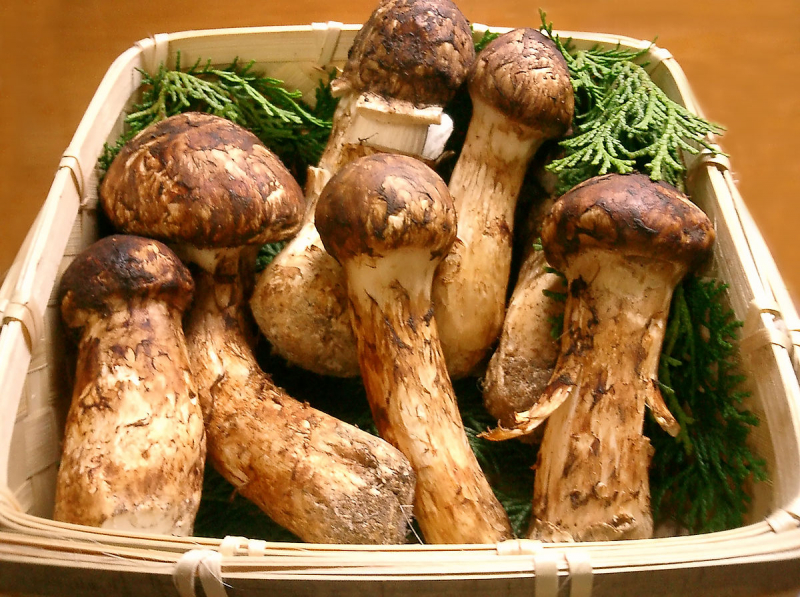
Photo: en.wikipedia.org 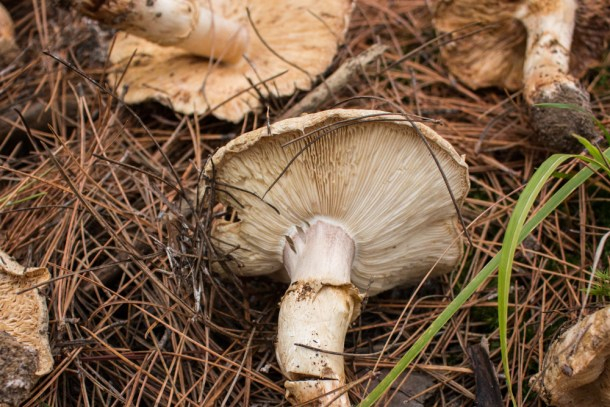
Photo: foragerchef.com -
Vanilla is a spice made from orchids in the genus Vanilla, primarily from the pods of the Mexican flat-leaved vanilla species. To make the plants produce the fruit from which the vanilla spice is made, pollination is essential. Surprisingly, the vanilla pod is one of the world's most expensive foods. But it's not just any vanilla; Madagascar vanilla is the best of the best, with a vanillin level of 1–2%.
Vanilla is the most labor-intensive crop on the planet, costing up to $600 a pound. On the one day that the vanilla flowers each year, pollination must be done by hand.
Storms in Madagascar have restricted the number of vanilla beans available on the market, driving up costs.
Price: $600 per pound
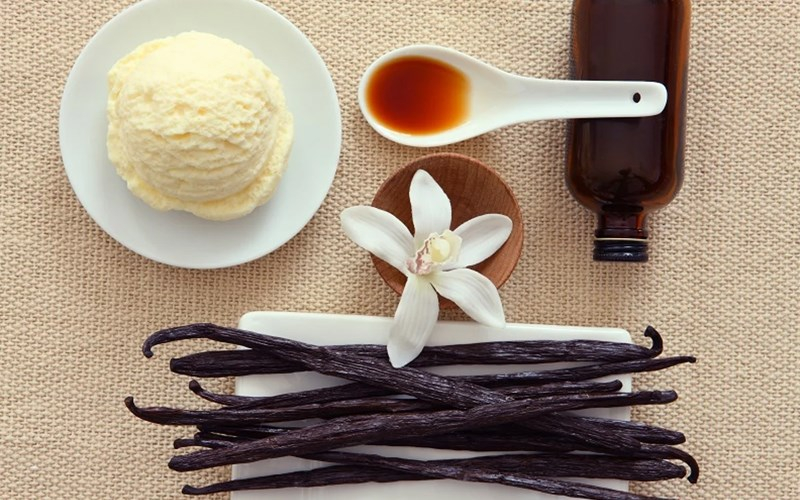
Photo: dienmayxanh.com 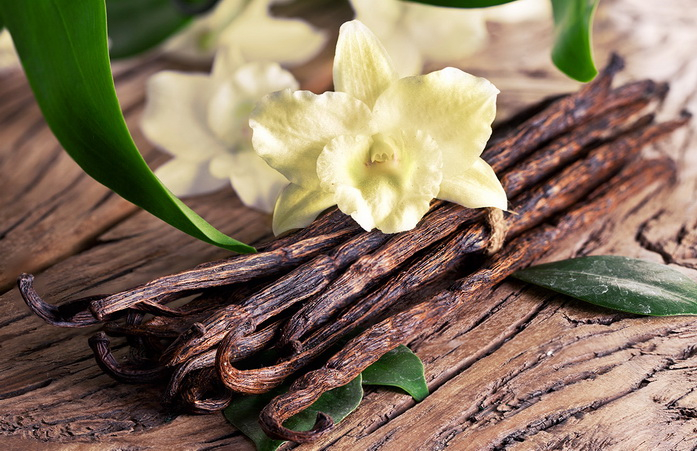
Photo: mqflavor.com -
Fugu fish is maybe Japan's most famous dish. Fungu, also known as Japanese pufferfish, blowfish, or globefish, is a seasonal delicacy in the country's capital. Tokyo's fugu restaurants proudly show the latest bulbous catch in highly visible tanks in the winter when fugu are at their plumpest, later to be dished up as fugu sushi, sashimi, or in hot pots.
A piece of fugu (pufferfish) in a Japanese restaurant can cost up to $470. This is due to the fact that if not correctly prepared, this fish can be fatal.
The fugu fish contains the toxin tetrodotoxin and can only be prepared by chefs who have completed at least three years of training. The fish, also known as tiger fugu, has a moderate flavor and a slightly chewy texture.
Price: $470 for a piece of fugu
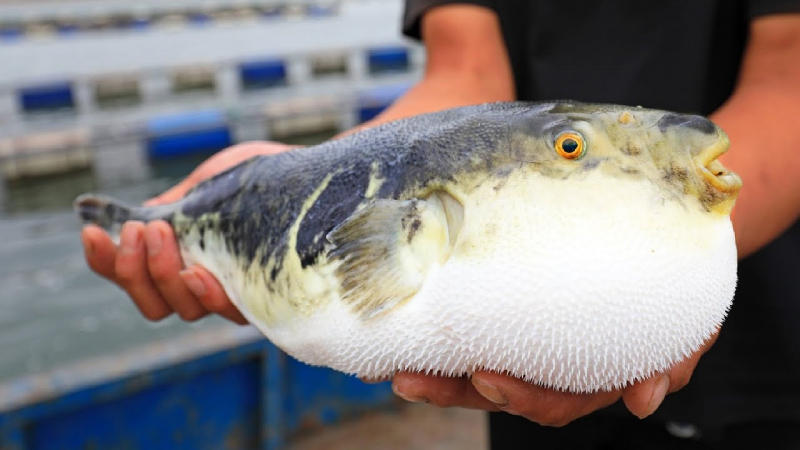
Photo: youtube.com 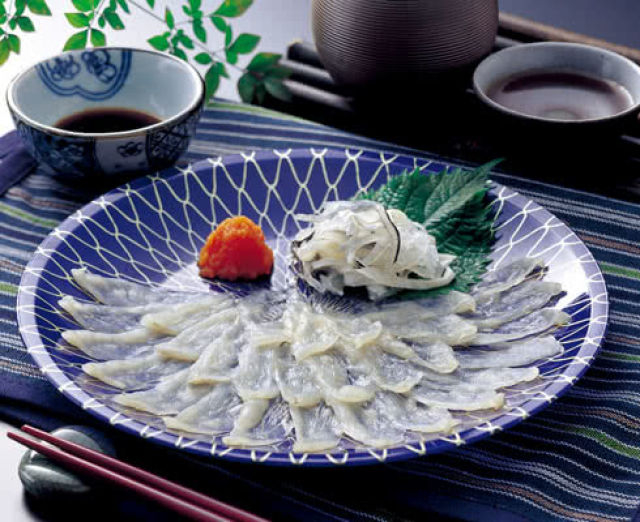
Photo: savorjapan.com -
Wagyu is a Japanese cow breed that is genetically distinct. Because 'wa' means Japanese and 'gyu' means beef, the Japanese word Wagyu can be translated to mean Japanese beef. These cattle are carefully guarded by Japanese farmers who have received the DNA from their forefathers and consider it their responsibility to preserve this natural resource for future generations.
Wagyu beef is noted for its fat marbling and rich flavor, making it more juicy and tender than ordinary steaks. The term wagyu refers to a Japanese cow, and the majority of the best wagyu beef comes from Japan. However, wonderful American wagyu beef is now available, giving Japanese wagyu a run for its money. Matsusaka in Mie Prefecture produces the most costly cut of Japanese wagyu.
These Wagyu steaks from Japan are from virgin female cows. In 2002, a Matsusaka cow sold for 50 million yen, or about $400,000, at the market.
Price: $450 a kilogram
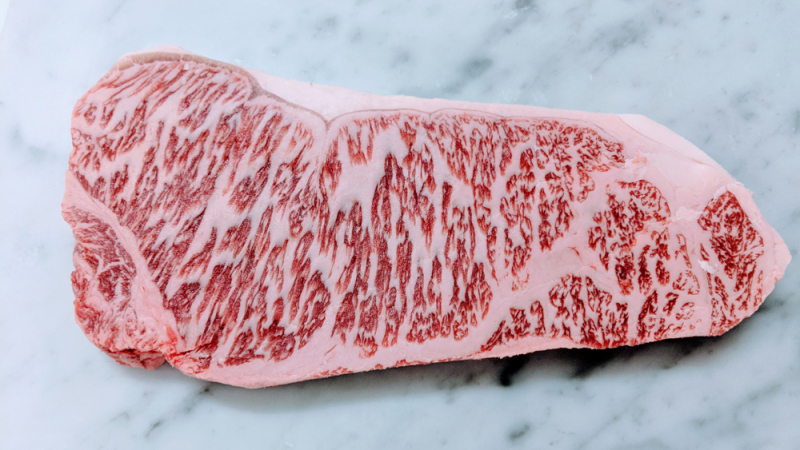
Photo: robbreport.com.vn 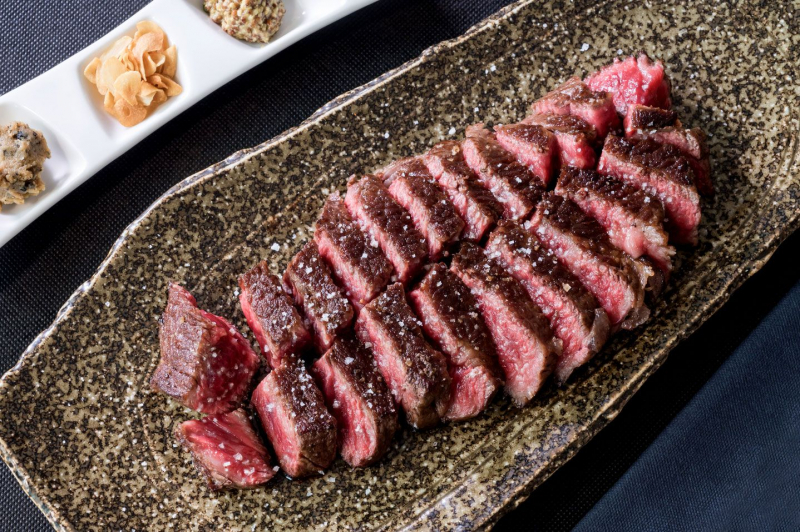
Photo: thespruceeats.com -
Parma ham is undoubtedly the most well-known ham from Italy, but did you know that Iberico ham is the most costly ham on the planet? Spanish Iberian ham is a delicacy made from the hind legs of black pigs. These black pigs forage on acorns, or bellota in Spanish, in the woods. Jamón Iberico de Bellota is the entire name. This ham is also known as Pata Negra, which means black paw, and gets its taste from the oleic acid found in acorns.
The age of Iberian ham ranges from 24 to 36 months. An entire leg of jamón ibérico can cost as much as $4,500. On the plus side, once the vacuum pack is opened, the ham will last for up to one month.
Price: $392 Per Kilogram
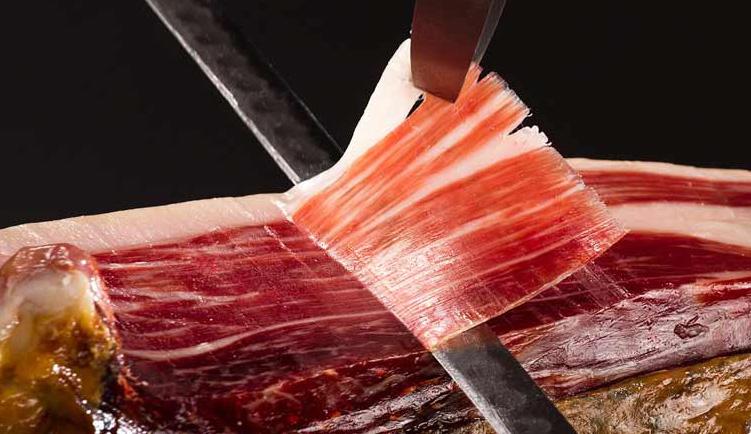
Photo: be-hamon.com 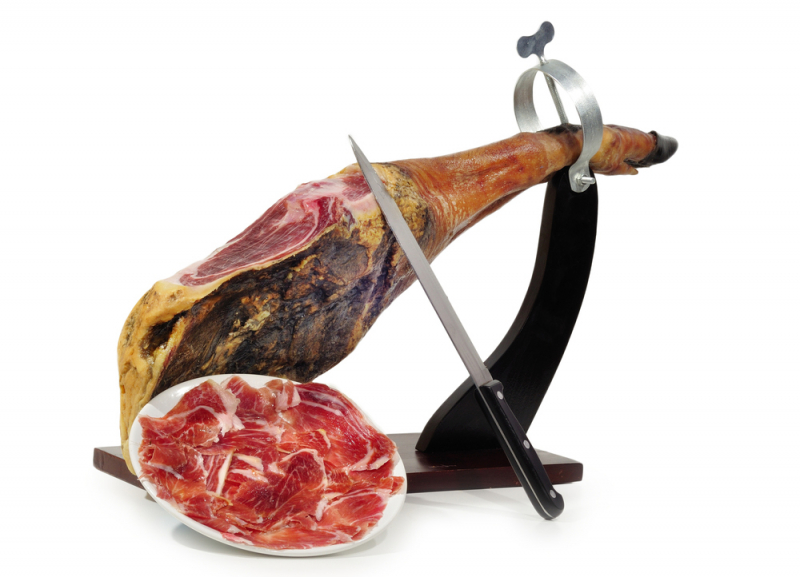
Photo: topwine.com.vn -
Goose barnacles thrive on rocks, ships, ropes, and other floating debris at sea. They've even been spotted on a spaceship fragment that washed ashore in the Scilly Isles! They feature a long fleshy stem that resembles a black neck and are also known as gooseneck barnacles. The barnacle's main body is housed in a chalky white shell at the top of the stem, or peduncle.
These unusual crustaceans, often known as stalked barnacles, reside on rocks and flotsam. Free-diving or at low tide are the only ways to gather gooseneck barnacles.
As a result, they are some of the most costly seafood on the planet. Goose barnacles are found in Australia, Cape Verde, France, Morocco, and Spain, and are native to the Eastern Atlantic. Galicia, Spain, produces the most valuable geese barnacles.
Goose barnacles can cost up to $125 per pound. Gooseneck barnacles have a salty flavor that is finest washed down with a glass of vinho verde wine!
Price: $125 per pound
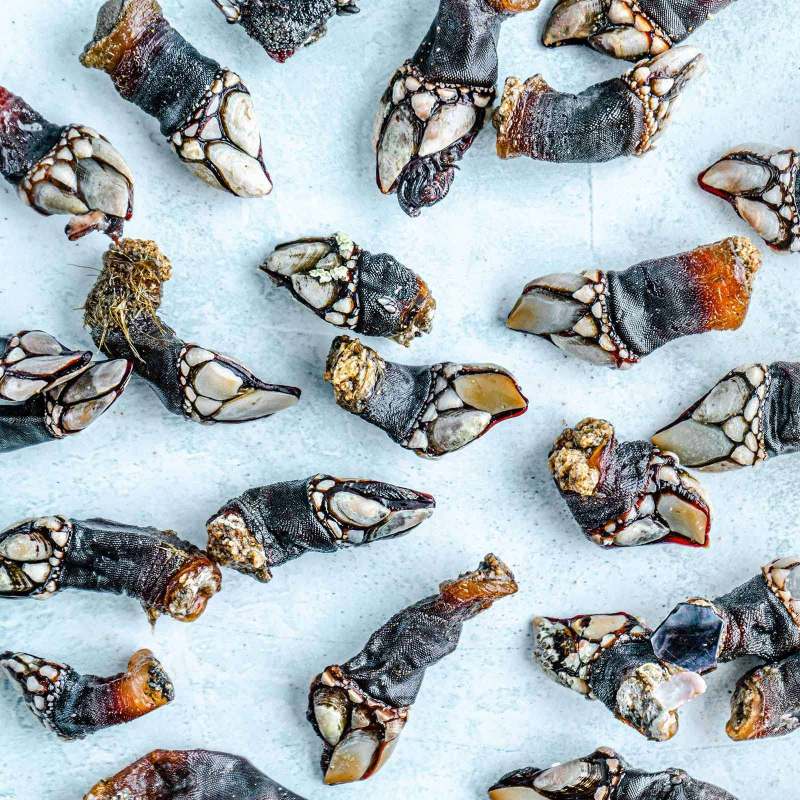
Photo: thefishsociety.co.uk 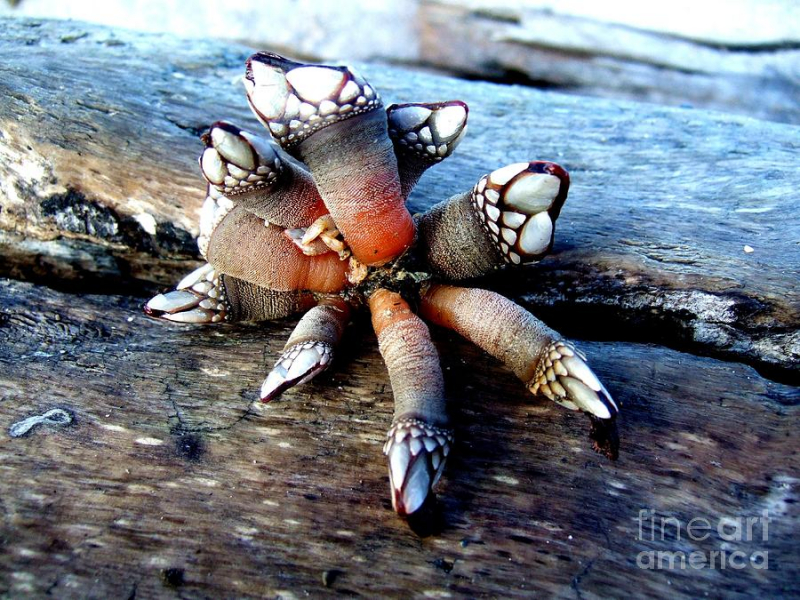
Photo: fineartamerica.com -
Oysters are a group of edible marine bivalve mollusks belonging to the Ostreidae family. Pacific and Eastern oysters are the two most frequent varieties. They perform an important function in the ecosystem, improving water quality by filtering contaminants out of the water and assisting in the creation of suitable habitats for fish, invertebrates, and other shellfish.
Oysters were a cheap bar snack 200 years ago, and they were available to everyone. Overfishing, on the other hand, reduced the number of oysters accessible, and they became a luxury item. The Romans were the first to cultivate oysters nearly 2,000 years ago. Caius Sergius Orata, a trader and innovator, created artificial oyster beds in 97 B.C.
Oysters are a somewhat expensive dish these days, and they're usually eaten raw and served on ice. Oysters from Coffin Bay are among the most costly in the world. They grow for 6 to 7 years, weigh one pound, and cost $100 AUD (about 77 USD).
Price: $50 – $100 Per Dozen
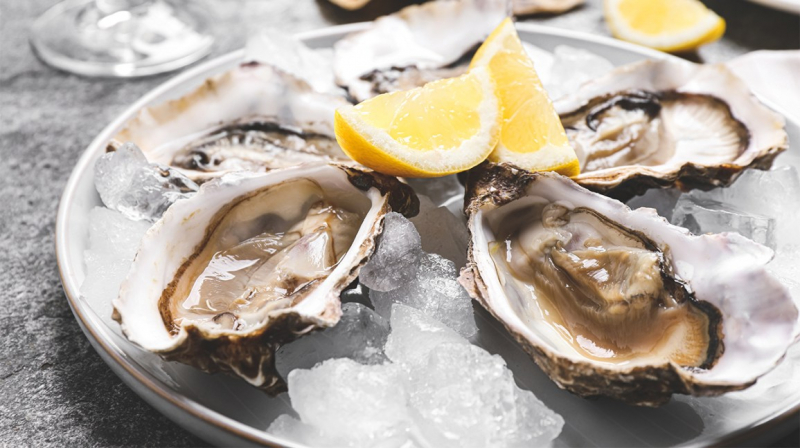
Photo: healthline.com 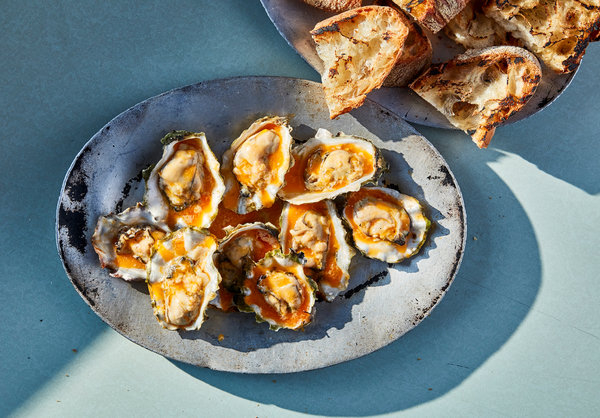
Photo: cooking.nytimes.com -
Extra virgin olive oil is the healthiest olive oil since it is made from unprocessed, cold-pressed olives. This fruit is high in antioxidants and healthful monounsaturated fat. /lambda/ is an ultra-premium extra virgin olive oil from Greece that bills itself as the world's first luxury olive oil. Speiron Co. uses Greek Koroneiki olives to make this multi-award-winning oil.
The olives are selected by hand and cold-pressed from some of Grce's oldest olive trees. This olive oil has a strong fruity flavor and is hand-bottled and labeled.
At $89 for 500 ml, this is the most expensive olive oil in the world, presented in a hand-sewn leather pouch.
Price: $89 for 500 ml
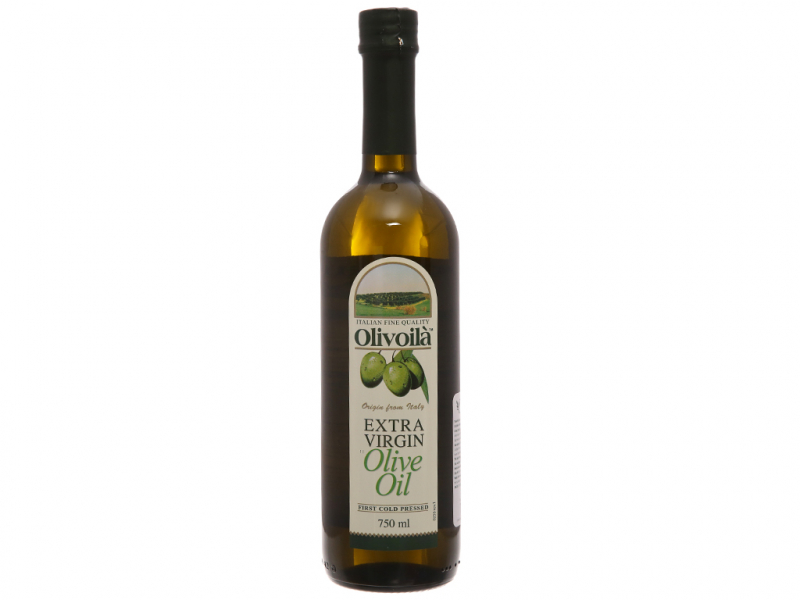
Photo: bachhoaxanh.com

















